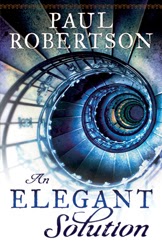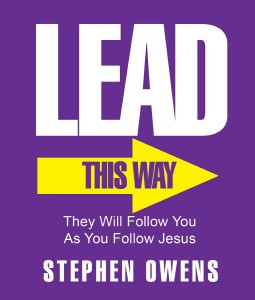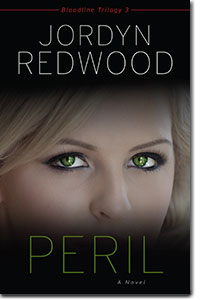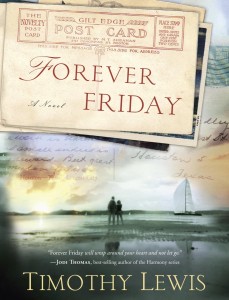Genre: Bible
Loosely Recommended.
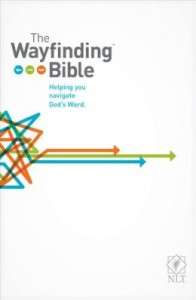 I decided to check out this Bible because the three lines on the cover reminded me of those alternate ending novels that never quite caught on–my interest was peaked.
I decided to check out this Bible because the three lines on the cover reminded me of those alternate ending novels that never quite caught on–my interest was peaked.
This is how it works: The Bible appears in its full, conventionally ordered, New Living Translation text. It could easily be read front to back or skipped through, but there are also three clearly marked “paths,” each with their own distinct icon: the flyover route (major events only), the direct route (a cohesive summary of the full Bible), and the scenic route (comprehensive, with many scenic stops).
I decided to try out the scenic route because I am already familiar with the whole of Scripture and was curious to discover the scenic views. I was overall impressed. I enjoyed how the route took me back and forth to allow for the reading to be near chronological (“near” because some books are harder to date), and to bring cohesiveness between passages (e.g., some of David’s psalms are interspersed throughout the reading of his kingship, bringing more depth to their context).
This is an attractive, modern looking Bible. It is well organized, and I particularly love the itinerary overview chart of all three routes in the back, the multiple “side trips” of topical themes and occasions, and the well-placed maps and charts throughout.
The frequent commentary (“Observation Points” and “Exploration Points”) was mostly helpful and interesting, but this is also where the Bible falls short for me. I appreciated the historical, cultural, and “factoid” emphases, but did not like (or agree with) the theological interpretations brought into some of them. I would rather the blurbs had only stuck with non-controversial discussion, especially since they are so short that there is no room for proper exegesis or bibliographical information representing major viewpoints.
For example, a couple of the blubs advocate replacement theology (the perspective that the church has replaced Israel); and while this is a fairly common understanding within the church, I do not personally feel comfortable perpetuating what I consider to be harmful theology. A couple places also put an unnecessary symbolic spin on Scripture. And the Bible also removes the possibility of a young earth perspective of Creation. Areas like these with various interpretations should simply be avoided since there are so many other interesting discussions that are agreed upon across denominational boundaries.
Since the target audience for this Bible seems to be those who are less familiar with the Bible as a whole, I would not want those who do not know better to pick up theology without a proper understanding of the reasons and implications behind each perspective.
As a whole, though, the historical pattern and overview of Scripture is pretty good, and the routes are beneficial for this kind of study. The Bible presents well, is easy to use, and is a lot of fun to read and reflect on.
I received a complimentary copy of this Bible from Tyndale House Publishers.


